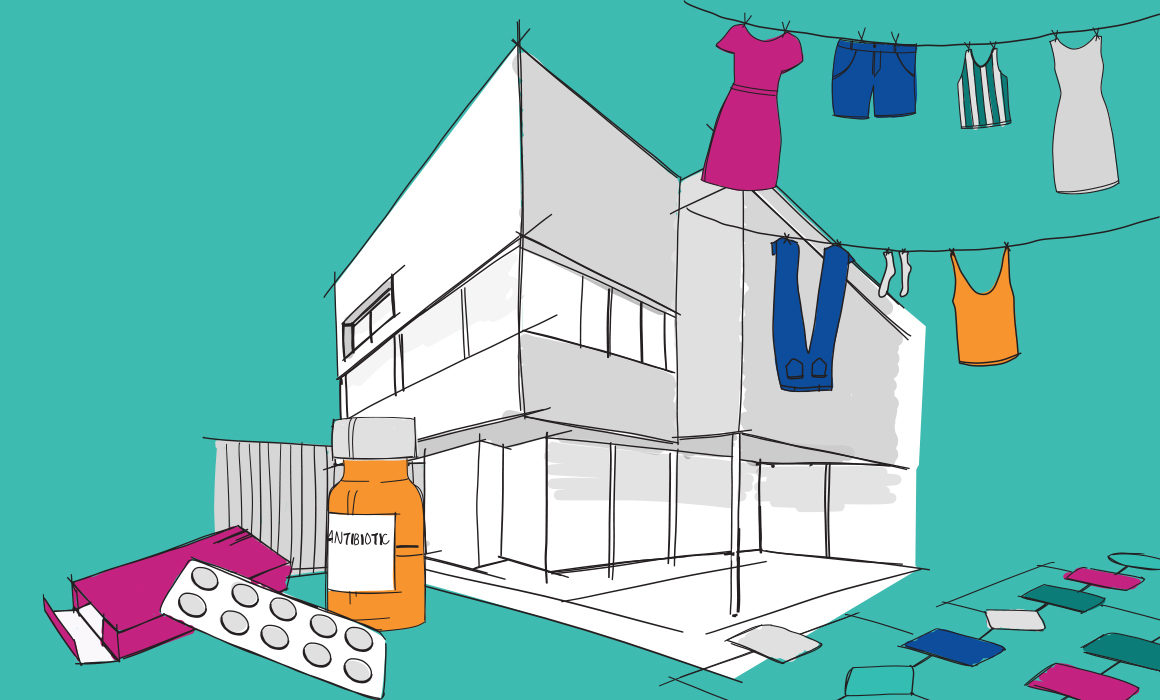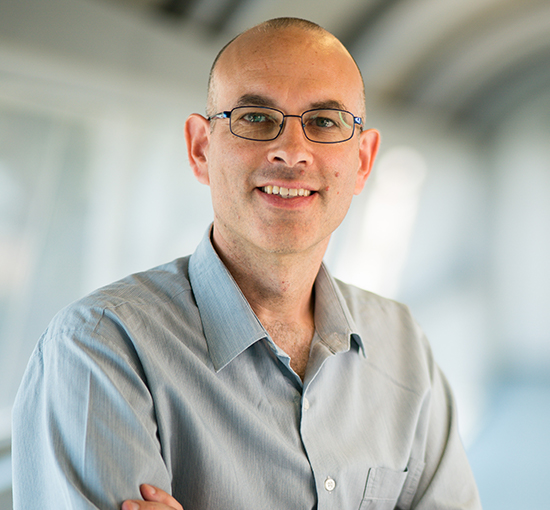Have you filled a prescription for antibiotics recently? Used a virtual fitting room to try on clothes at home? Admired a new building going up in your community?
You have computer science to thank — yes, even for that virtual fitting room! Computer science has improved almost every aspect of our modern lives, even for the Luddites among us. Researchers at the Technion are taking it one step further, pushing the boundaries of computer science to deliver useful, innovative solutions to complex problems plaguing our society.
Minimizing Antibiotic Resistance … with Computers
The use of antibiotics, while essential to curing bacterial infections, can lead to the proliferation of antibiotic-resistant bacteria. A team led by Professor Roy Kishony from the Faculties of Biology and Computer Science has used genomic sequencing techniques and machine learning analysis of patient records to develop an antibiotic-prescribing algorithm that cuts the risk of an emergence of antibiotic resistance by half.
“We wanted to understand how antibiotic resistance emerges during treatment and find ways to better tailor antibiotic treatment for each patient to minimize their risk of infection recurrence,” said Prof. Kishony, who worked alongside researchers at the Kahn-Sagol-Maccabi (KSM) Research and Innovation Center.
Prof. Kishony and his team hypothesized that antibiotic resistance is due more to reinfection by existing resistant bacteria from the patient’s own body than to random bacterial mutations. So they created an algorithm that matches an antibiotic not only to the responsiveness of the bacteria causing the patient’s current infection, but also to the bacteria in the person’s own microbiome. Researchers hope their algorithm can be applied at the point of care, providing doctors with better tools to personalize antibiotics to improve treatment and minimize the spread of resistance.
This is just the Technion’s latest application of computer science and artificial intelligence to the medical field. Its researchers have invented ingenious smart bandages that can monitor your medical condition in real time, and have used AI to mitigate the effects of gender bias in clinical trials.
The Next Generation of AI Innovators
Of course, Technion students are not waiting until graduation to make their mark. Each year, undergraduates in the Henry and Marilyn Taub Faculty of Computer Science showcase their inventions at the faculty’s annual projects fair.
This year, multiple student projects focused on giving back. In one project for the nonprofit Friends for Health, dedicated to helping people who cannot afford the lifesaving medication they need, the Technion students created a computerized interface that will shorten waiting times and help the nonprofit assist even more patients. Others developed programs that dealt with fair trade, donation of excess food from restaurants, accessibility mapping, and more.
Still other student projects focused on practical applications of AI in everyday life, such as a “smart” clothesline. Equipped with a tarp and sensors to detect water and light, the smart clothesline can unroll the tarp over clothes if it rains, fold the tarp back when the sun comes out, and even send reminders to do the laundry when the weather promises to be fine.
Algorithms for Architecture
While architectural projects are often planned on computers, they are built using construction methods that have remained unchanged for decades. Human intervention on-site is usually necessary, especially when architectural planning is based on complex spatial systems such as thin, doubly curved surfaces, known as shells. But the use of robots in construction and architectural manufacturing is a vision steadily becoming a reality.
A research group from the Taub Faculty of Computer Science is closing the gap between sophisticated computer planning and its practical execution on the ground, employing an algorithm that streamlines and automates architectural forms.
The algorithm “can take complex surfaces and break them down into small segments, hexagons, in a way that increases the surface’s mechanical advantages,” group leader Professor Mirela Ben-Chen of the Center for Graphics and Geometric Computing explained. The algorithm can not only reduce the cost and construction time of new buildings, but also has sustainable advantages that lessen the environmental impact of the building process.
“Ultimately, we hope that our research will lead to the development of a system that can compute and manufacture building segments through automation, so that they can be assembled on-site without detracting from or compromising architectural or structural complexity.”
The Power of Computers
Technion students and faculty members are guided by a belief that academic findings need not stay within the walls of academia. Rather, it is in the application of education to real-life problems that students and faculty can make their biggest impact. That philosophy has earned the Technion international acclaim, as it is ranked #1 in Europe, and #15 in the world, in the field of artificial intelligence.
But perhaps the faculty’s biggest accomplishment lies in the impact Technion people and innovations are making in how we treat illnesses, support our favorite charities, construct our homes and workplaces, and more. So when you look up at a particularly impressive skyscraper or fold your sun-dried clothing, say “thanks!” to the clever Technion innovators who made it possible.

